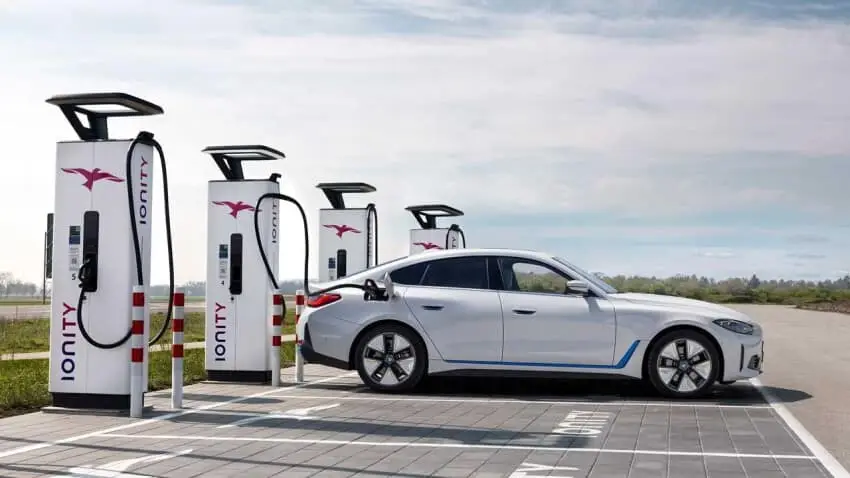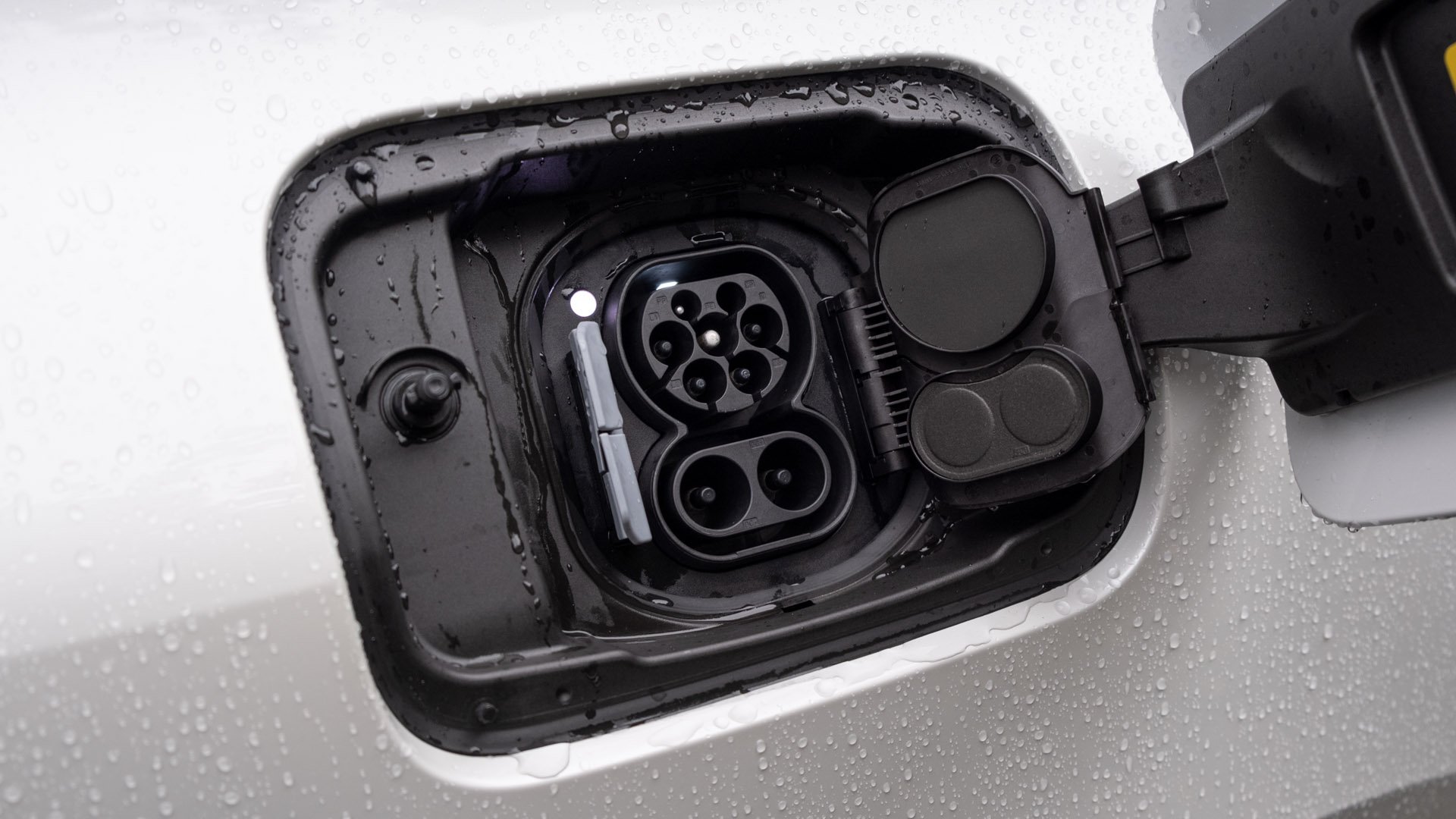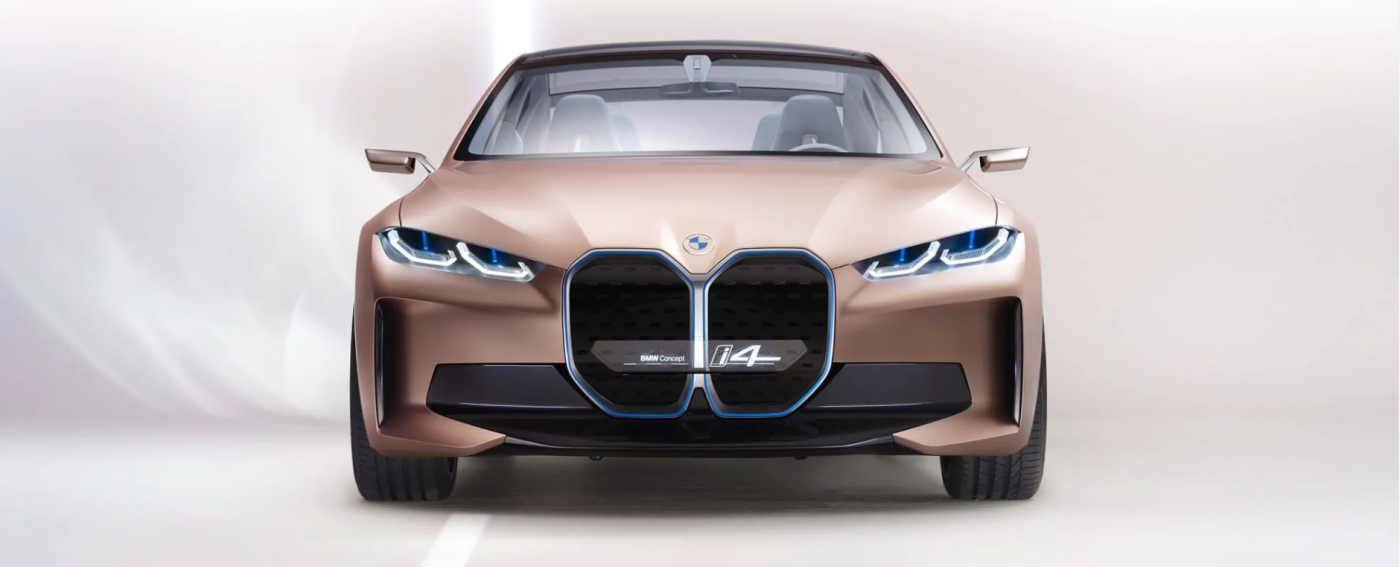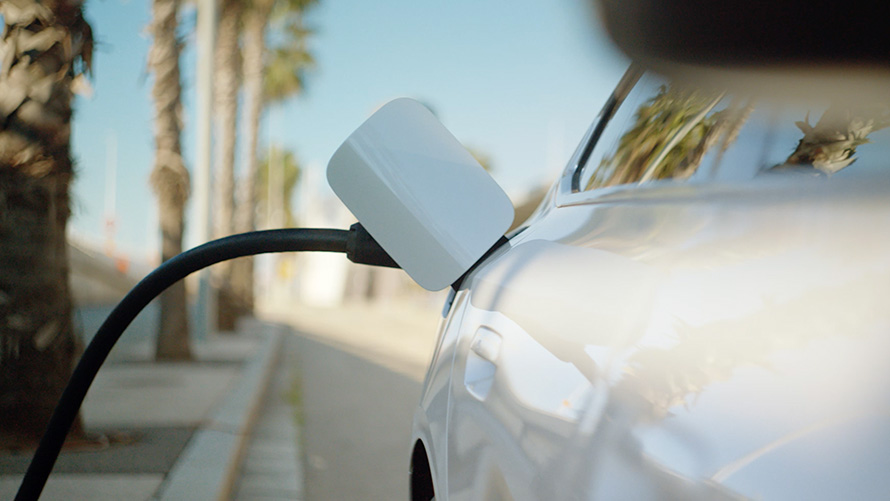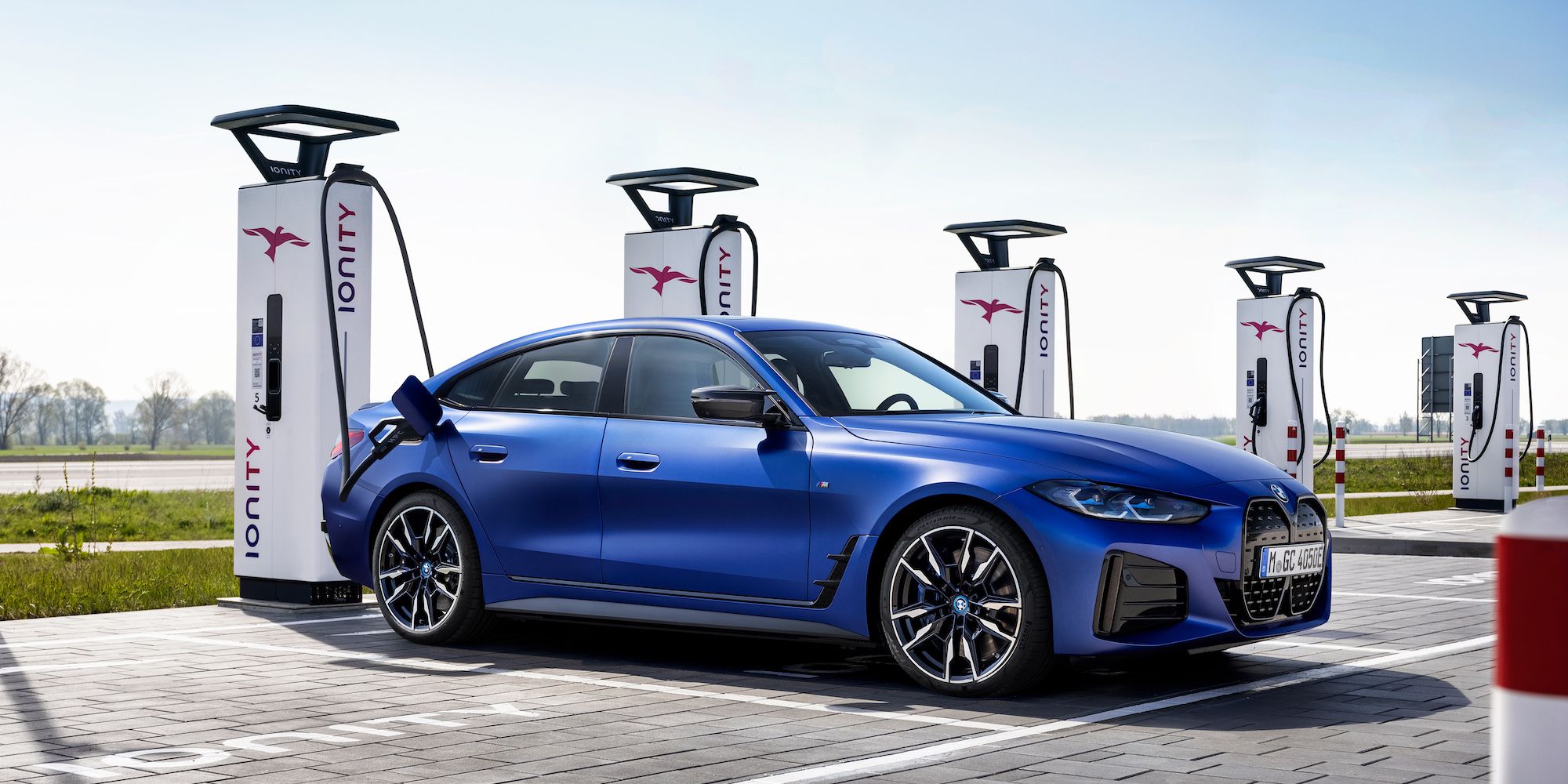
The BMW i4’s Charging Port: A Deep Dive into the Future of Electric Mobility
The BMW i4, a sleek and powerful electric sedan, has taken the automotive world by storm. Its impressive range, sporty handling, and luxurious interior have garnered widespread praise. But beyond its aesthetically pleasing exterior and powerful engine, lies a key component that fuels its success: the charging port.
This article delves into the intricacies of the BMW i4’s charging port, exploring its design, functionality, and the role it plays in shaping the future of electric mobility. We’ll examine its compatibility with various charging standards, delve into the charging process, and discuss the advantages and potential limitations of the i4’s charging infrastructure.
A Look at the Charging Port: Design and Functionality
The BMW i4 features a standard CCS (Combined Charging System) port located on the driver’s side rear fender. This strategic placement provides easy access for charging, while keeping the port protected from potential damage.
The CCS port is designed to accommodate both AC (alternating current) and DC (direct current) charging, offering flexibility and convenience for a wide range of charging scenarios.
-
AC Charging: The i4 supports Level 1 (120V) and Level 2 (240V) AC charging through a standard Type 2 connector. This method is ideal for overnight charging at home or at public Level 2 charging stations. While slower than DC charging, it offers a cost-effective and convenient way to replenish the battery.
-
DC Fast Charging: For faster charging, the i4 utilizes the DC fast charging capability of the CCS port. This method utilizes a DC connector that allows for high-power charging, capable of adding significant range in a short amount of time.
Charging Standards and Compatibility
The BMW i4’s CCS port is compatible with the most common charging standards across the globe, making it a truly versatile electric vehicle.
-
CCS (Combined Charging System): This standard is widely adopted in Europe, North America, and other regions. It allows for both AC and DC charging, making it a versatile choice for electric vehicle owners.
-
CHAdeMO (Charge de Move): While less common in North America, the CHAdeMO standard is popular in Japan and other Asian markets. The i4 does not currently support CHAdeMO charging.
-
Tesla Supercharger: While the i4 does not directly support Tesla Supercharger technology, BMW offers an adapter that allows for charging at Tesla Supercharger stations. However, the charging speed may be limited compared to Tesla vehicles.
The Charging Process: A Step-by-Step Guide
Charging the BMW i4 is a straightforward process, whether you’re using a home charger, a public charging station, or a DC fast charger.
1. Locate the Charging Port: The CCS charging port is located on the driver’s side rear fender of the i4.
2. Connect the Charging Cable: Insert the charging cable into the CCS port, ensuring a secure connection.
3. Start the Charging Process: Depending on the charging method, you may need to initiate the charging process on the charger itself or through the i4’s infotainment system.
4. Monitor the Charging Progress: The i4’s infotainment system displays the current charging status, including the estimated time to full charge.
5. Disconnect the Charging Cable: Once the battery is fully charged, disconnect the charging cable from the i4 and the charging station.
Charging Times and Range
The i4’s charging time varies significantly depending on the charging method and available power.
-
Level 1 (120V) AC Charging: Expect a full charge to take approximately 10-12 hours.
-
Level 2 (240V) AC Charging: This method can reduce the charging time to 4-6 hours, depending on the power output of the charger.
-
DC Fast Charging: Utilizing a high-power DC fast charger, the i4 can achieve a significant range increase in a short amount of time. For example, a 150 kW charger can add up to 100 miles of range in approximately 10 minutes.
The i4’s Charging Infrastructure: Advantages and Challenges
The BMW i4 benefits from a growing network of charging stations across the globe.
-
Public Charging Stations: The proliferation of public charging stations, both AC and DC fast charging, has made charging on the go increasingly convenient for i4 owners.
-
Home Charging: Charging at home is another convenient option, particularly for overnight charging. The i4 is compatible with various home charging solutions, including Level 1 and Level 2 chargers.
Challenges and Considerations
While the i4’s charging infrastructure is rapidly expanding, there are still some challenges to consider.
-
Charging Station Availability: While the number of public charging stations is increasing, there are still areas with limited charging infrastructure, particularly in rural areas.
-
Charging Time: While DC fast charging offers significant speed advantages, charging times can still be a concern for long road trips.
-
Charging Costs: The cost of charging can vary depending on the location and type of charging station.
The Future of Charging Technology
The BMW i4’s charging port is a testament to the advancements in electric vehicle technology. As the automotive industry continues to evolve, we can expect further innovations in charging technology, including:
-
Increased Charging Speeds: Future charging technologies will likely offer even faster charging speeds, making long road trips even more convenient.
-
Wireless Charging: Wireless charging technology is still in its early stages, but it has the potential to revolutionize the charging experience, offering a more convenient and seamless approach.
-
Smart Charging: Intelligent charging systems can optimize charging times and costs by leveraging real-time data and grid information.
Conclusion
The BMW i4’s charging port is a crucial component in its overall appeal as an electric vehicle. Its compatibility with various charging standards, its ease of use, and its growing infrastructure make it a compelling choice for drivers seeking a seamless and convenient electric driving experience. As charging technology continues to advance, the i4’s charging port will likely evolve, further enhancing its capabilities and pushing the boundaries of electric mobility.
The BMW i4 is not just a car; it’s a statement about the future of transportation. Its charging port is a window into that future, a glimpse into a world where electric vehicles are not only practical but also convenient and enjoyable to drive. With its commitment to innovation and its focus on user experience, BMW is paving the way for a more sustainable and electrified future.
